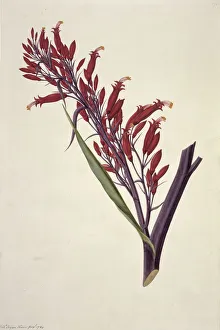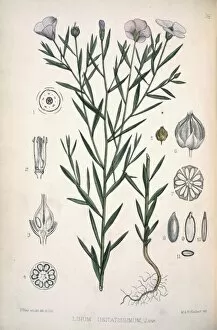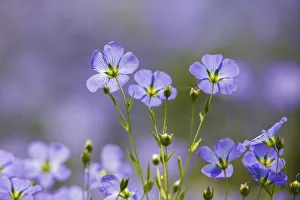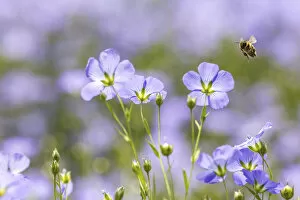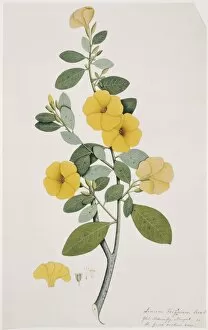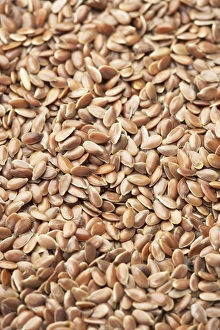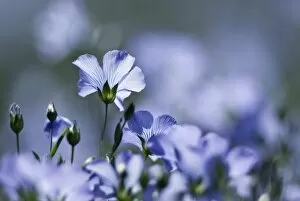Common Flax Collection
"Discovering the Beauty and Versatility of Common Flax" Common flax, scientifically known as Linum usitatissimum
All Professionally Made to Order for Quick Shipping
"Discovering the Beauty and Versatility of Common Flax" Common flax, scientifically known as Linum usitatissimum, is a remarkable plant that holds great significance in various parts of the world. Also referred to as linseed or simply flax, this versatile plant has captivated botanists and nature enthusiasts alike. In New Zealand, another type of flax called Phormium tenax thrives abundantly. While it shares a similar name with common flax, its appearance and characteristics are distinct. The vibrant green leaves of New Zealand flax create a stunning sight against the backdrop of Tui birds fluttering around Ngunguru and Tutukaka in Northland. Back in Monmouthshire, Wales, UK, during May when spring blooms are at their peak, one can witness the enchanting beauty of flax flowers. These delicate blossoms attract an array of pollinators such as honeybees and bumblebees. With their intricate dance from flower to flower collecting nectar and pollen for their hives or colonies, these buzzing insects play a vital role in ensuring the continuation of this species. The Tree bumblebee (Bombus hypnorum) gracefully flies towards Monmouthshire's fields adorned with blooming common flax plants. Its presence adds to the picturesque landscape where nature's harmony unfolds before our eyes. Flourishing across different continents like Australasia and Canada showcases how adaptable common flax truly is. In Alberta's Calgary region lies yet another breathtaking scene - close-ups capturing every detail of these exquisite blossoms that grace gardens with their elegance, and is worth noting that beyond its aesthetic appeal lies an extensive history intertwined with human civilization. From ancient times until today, people have utilized common flax for various purposes - be it for fiber production or extracting oil-rich linseed used in cooking or industrial applications. As we delve into understanding more about this extraordinary plant species, its significance becomes evident.

